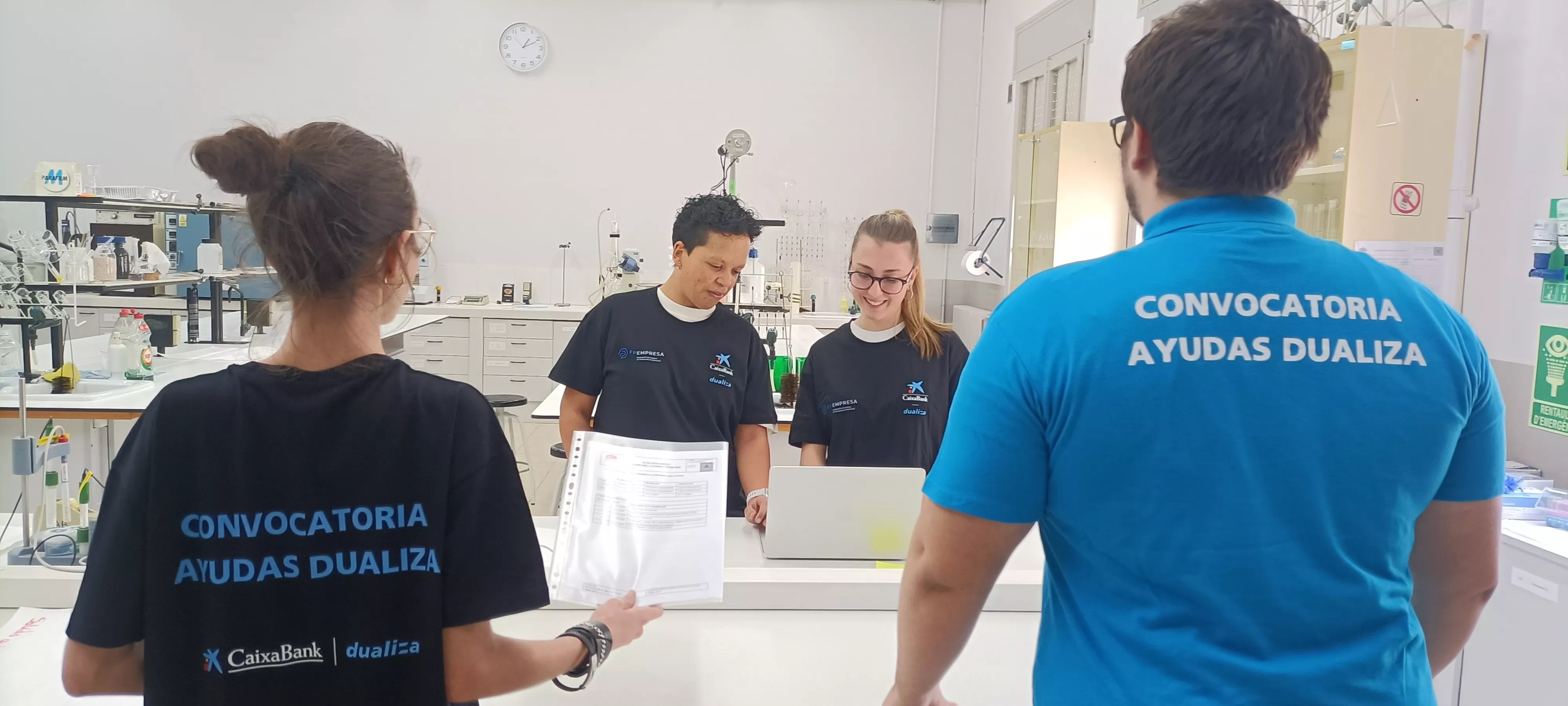
SANTA CRUZ DE TENERIFE, Feb. 26 (EUROPA PRESS) –
The president of the Socialist Group in the Cabildo of Tenerife, Pedro Martín, unveiled on Monday an ambitious plan aimed at addressing the “water stress” crisis in Tenerife, marked by increased water supply disruptions affecting the primary sector.
The plan comprises five key actions and two strategies to reduce water losses, with the declaration of a state of emergency for the works being crucial in ensuring their swift execution.
“We do not oppose the declaration of a water emergency. We ask the government group of the Cabildo of Tenerife to declare a state of emergency for this plan based on reports from the Agriculture sector, rainfall records, and the condition of the reservoirs,” stated Pedro Martín during a press conference.
Highlighting the importance of expediting the process, he added, “A broader declaration of a water emergency could lead to delays and unintended consequences, potentially compromising water supply for agriculture.”
The proposed plan aims to increase the daily irrigation water supply by around 40,000 cubic meters through the implementation of five actions and two initiatives to curb losses, involving an investment of at least 65 million euros.
As part of the desalination efforts, the Socialist proposal includes establishing regional desalination plants in the Northeast, situated in the municipality of San Cristóbal de La Laguna, and in the Güímar Valley.
These projects, requiring a total investment of 40 million euros, would add 40,000 cubic meters of water daily.
Martín stated that the necessary projects and environmental impact assessments are already prepared, in addition to plans for the expansion of the Fonsalía and Granadilla de Abona treatment plants.
Concurrently, he called for the reactivation of the portable desalination plant in Güímar, which was operational in the previous term but has since ceased functioning, alongside the initiation of the Isla Baja treatment plant.
Emphasizing the significance of the project, he noted, “This initiative is vital for an area of Tenerife that requires substantial water resources for its primary sector.”
Additionally, the proposal includes major interventions such as the conduit connecting the Orotava Valley with the agricultural area of Isla Baja.
Addressing the Santa Cruz de Tenerife treatment plant (known as the Buenos Aires treatment plant), Martín urged for collective efforts from all political parties to address the critical nature of the project, essential for augmenting water supply for irrigation in the primary sector.
Apart from these ventures, the former island president advocated for a comprehensive multi-year plan to continue sealing the island’s reservoirs, many of which suffered substantial water losses during his tenure.
RESERVOIRS
Of these, four have been completed (Tegueste, San Juan de la Rambla, Montaña de Taco in Buenavista del Norte, and El Saltadero in Granadilla), with one ongoing project in the Benijos ravine.
An estimated four to six million euros are earmarked for this endeavour in a multi-year action scheme.
Martín also highlighted that during his term, the first audit was conducted on the condition of the twelve municipalities directly managing water resources, revealing significant losses and prompting investments to address the issue.
Hence, he proposed integrating actions amounting to ten million euros into this plan, spanning three financial years from 2024 to 2026.
The Socialist Group aims to present this proposal to the plenary session of the Tenerife Cabildo for discussion and swift implementation, highlighting the substantial increase in financial allocations for the primary sector during the previous term.
Notable initiatives undertaken in the previous administration include the allocation of 200 million euros to water purification, efforts to prevent sea discharges, and enhancing the island’s reservoirs and primary water conduit from Santa Cruz to the Southern Region amounting to 1.4 million euros, accentuating the improved position of the current government.
The island’s main underground reservoir experiences an annual drop of 2.5 to 3 linear meters, with peaks of up to five meters, resulting in the aquifer moving further from the surface towards the saltwater interface each year.
Between 1985 and 2016, the annual flow of the island’s effluents decreased by 30%, from 212 cubic hectometers to 150 per year, leading to heightened salinization levels in mineral waters due to the aquifer’s declining depth.
















